Tag: Jean-Guihen Queyras
-
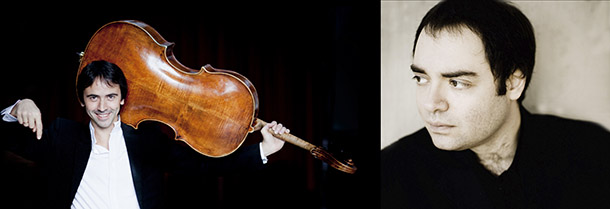
-
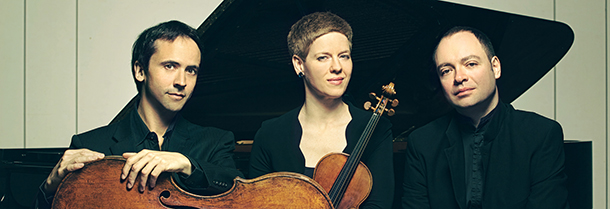
PROGRAM NOTES: FAUST QUEYRAS MELNIKOV TRIO
Ludwig van Beethoven Kakadu Variations in G major Op. 121a Beethoven’s Kakadu Variations comprise an introduction and 10 variations on a popular theme from the Viennese stage. It has a compositional history that extends over more than two decades, with a first version of the work likely dating from around 1803. By 1816 Beethoven had had…
-

PROGRAM NOTES: WINTERLUDE – SUPER SUNDAY WITH JEAN-GUIHEN QUEYRAS & ALEXANDER MELNIKOV
Robert Schumann Fünf Stücke im Volkston Op. 102 The late 1840s saw Schumann take up “house music” in a big way. This does not mean that he began to DJ at raves, playing dance music with repetitive drum tracks and synthesized basslines. Rather, he had a productive period composing music specifically designed for the home…
-
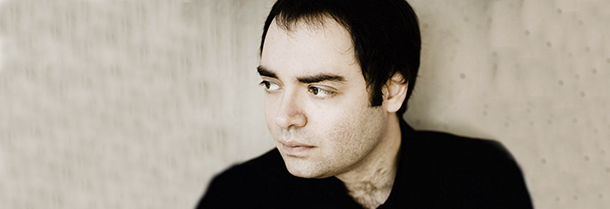
PROGRAM NOTES: WINTERLUDE – SUPER SUNDAY WITH ALEXANDER MELNIKOV
Sergei Rachmaninoff Variations on a Theme of Chopin Op. 22 Chopin’s funereal, passacaglia-like Prelude in C minor from his collection of 24 Preludes Op. 28 provides the theme for Rachmaninoff’s first large-scale work for solo piano, his Variations on a Theme of Chopin, completed in 1903. Taking as his point of departure the prelude’s hymn-like…
-
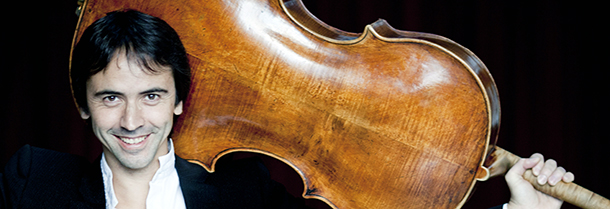
PROGRAM NOTES: WINTERLUDE – SUITE SATURDAY WITH JEAN-GUIHEN QUEYRAS
A Bit of History Few scholars doubt that Western music was better off for the release of a certain “Bach, Johann Sebastian” from the county jail in Weimar where he had languished, in unsuitable company, for the better part of a month in the autumn of 1717. Court organists can be a stroppy crew at…
-
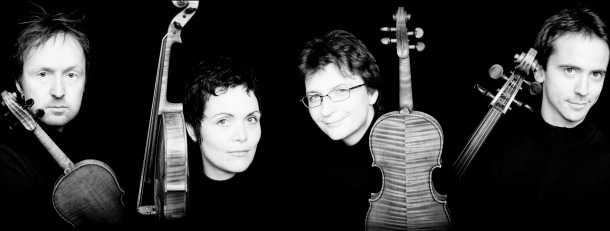
PROGRAM NOTES: ARCANTO QUARTET
This evening the Arcanto Quartet offers us a chance to explore chamber music from the end of the 17th century to the recent past, sampling music for four players by Henry Purcell (1659–95), Ludwig van Beethoven (1770–1827), and Benjamin Britten (1913-1976). Henry Purcell Long before the primacy of the string quartet, consort music for…

